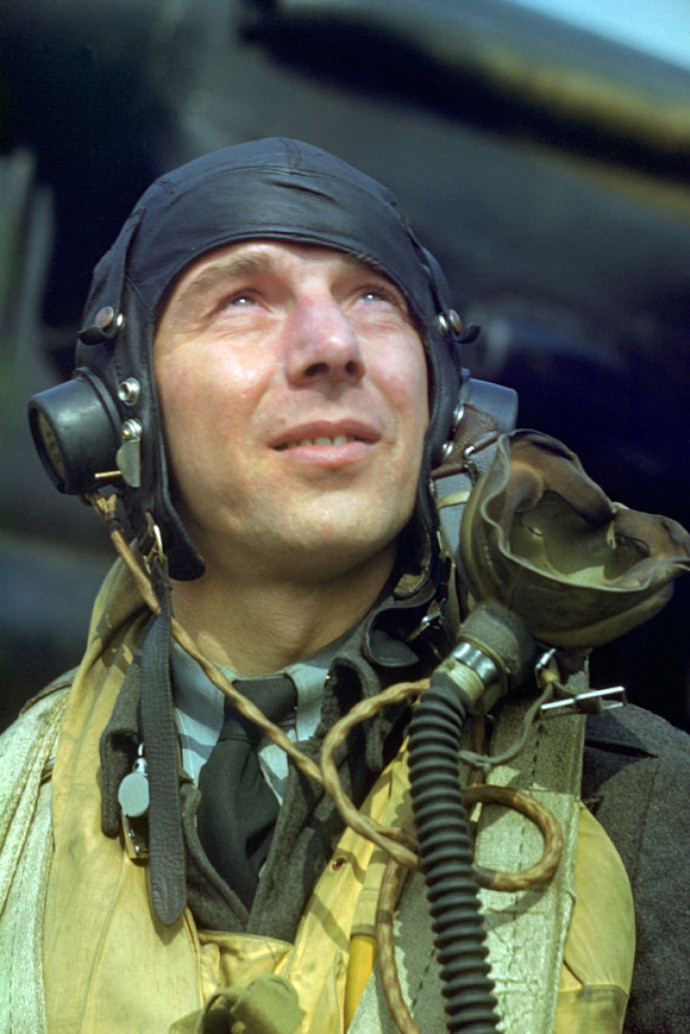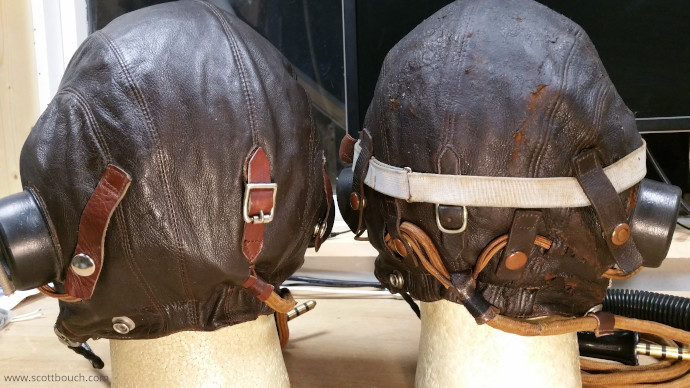British C-Type Wired Aircrew Flying Helmet
Naming Conventions
This has been quite a headache to figure out, but with some help from friends over the years, and access to Air Ministry publications, I think it's now mostly cracked / interpreted.
Root of confusion
The main troubles with all things related to historic aviation are the rumour mill, and books authored on the subject. These two areas introduce peoples own "take" on things, which often diverge from official original lines. These thoughts then get shared though word of mouth and we end up with misinformation.
As with all my web pages, I am basing this on what factual evidence I can find documented in official Air Ministry publications. Bear in mind this was written in 2021, so there have been many years of "Chinese whispers" until now!
This confusion comes about from jumping to conclusions, making assumptions, foggy recollections, forming opinions, and just wanting to believe something is true without doing the research.
Naming Alignment
This simple table aims to align the official terminology with the terms that have crept into collector dialogue over the years.
| Commonly used names | Air Ministry Designation | Description & changes from previous pattern |
|---|---|---|
| "First Pattern" | Type C | Low brow, external wiring or Gosport tubes, leather chin strap with Bennetts buckle |
| "Early Second Pattern" | Type C Wired (see note 1) | Higher brow with 'gull-wing' shape, all internal wiring, microphone connector, elastic chin strap with pop stud |
| "Late Second Pattern" | Type C Wired (see note 1) | As per Type C Wired, but with semi-internal wiring |
| "Naval" | Type C Wired Naval | As per Type C Wired, but with rounded earphone pockets, as per the Type B helmet |
| No known common name (see note 2) | Type C* | As per Type C Wired, but with short comms cable and NATO plug for ejection seats |
Type C (AKA: "First Pattern")
Shown here is the first pattern of Type C helmet, with all external wiring hanging down the front, and low brow. The wiring is hard wired to the earphone speakers and microphone in the mask.
Pop studs are fitted to both cheeks for oxygen mask fitting. The chin strap is leather and uses a "Bennet's Buckle".

Type C Wired (AKA: "Second Pattern, Early & Late")
The second pattern brought the wiring harness into the construction of the helmet. The introduction of the microphone connectors meant the mask could be easily removed.
A mask hook is sewn into the right cheek replacing two of the pop studs. The brow is cut higher and has a gull-wing shape. The chin strap is elastic and fastened with a pop stud.
The "early" (left) with all internal wiring, and "late" (right) with semi-exposed wiring, versions of Type C Wired helmets are shown below:

Type C Wired Naval
As per the Type C Wired, however, without the rubber headphone receiver mountings, instead rounded leather pockets with zips are sewn on, similar to the Type B helmet. This often leads people to erroneously think a Naval Type C is a B.
The rounded pockets contain a soft rubber pad, which supports an electrical receiver, and Gosport tube adaptors, allowing either or both technologies to be used. The wiring harness also allows for series or parallel connection of receivers.
Type C*
In construction the leather helmet is as per the Type C Wired.
The C* introduced a short communications cable, fitted with a 671-Type "NATO" plug, suitable for ejection seats.

Type C*, further nonsense
Another urban myth is the C* having pop studs installed for the Visor Mk1. This is just nonsense, see above.
The addition of pop studs to mount a Visor Mk1 could be applied to any helmet type (even the hard Mk1A), and there is zero evidence to suggest their presence changes the helmets designation.
Notes:
1) I am yet to find an Air Ministry distinction between the fully internally wired and semi-internally wired helmets. Stores Reference numbers don't reflect the change from "Early" (fully internally wired) to "Late" (partially internally wired), the same numbers are confusingly used for both.
2) I have not listed a "commonly used" name for the Type C* as not many collectors are aware of its existence, so it hasn't yet won a common name over the decades of Chinese whispers. I only discovered this helmet in 2019 by reading Air Ministry documents while conducting my own detailed research.